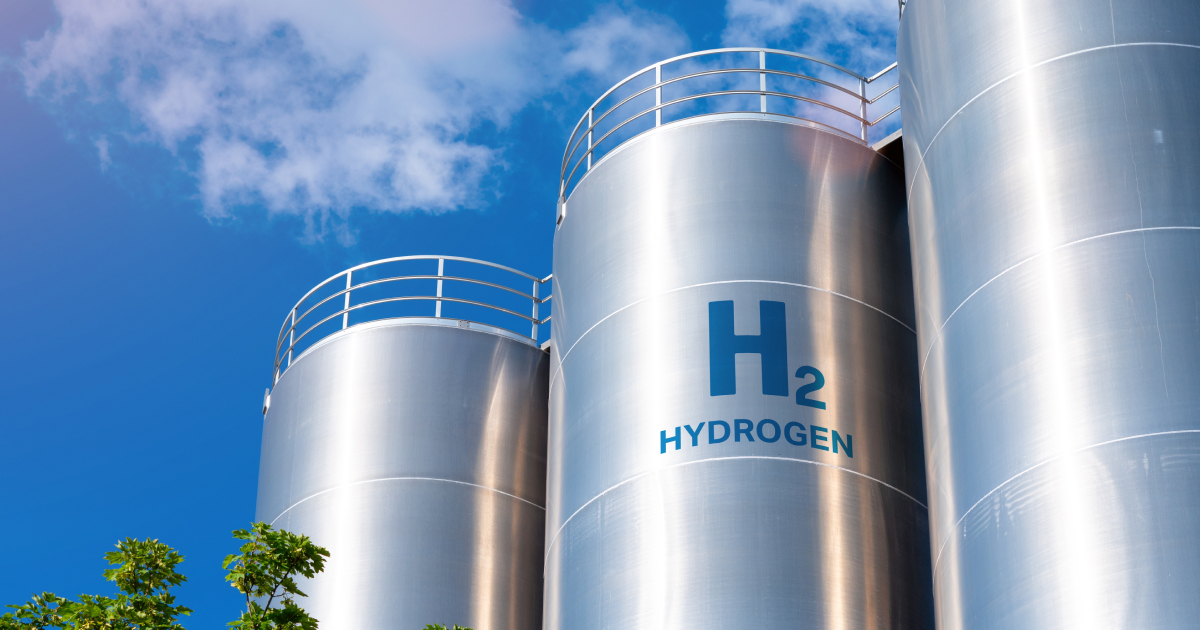By the end of the decade, the United States, Europe, and China will dominate the global supply of low-carbon hydrogen thanks to strong regulatory support and ambitious growth targets. This is stated in the relevant report of the research organization BloombergNEF (BNEF), Bloomberg reports.
By 2030, these three markets will account for 80% of global production of clean hydrogen. The annual supply is expected to increase 30 times, to 16.4 million tons.
By 2030, the United States is projected to account for 37% of low-carbon hydrogen production, while Europe and China will account for 24% and 19%, respectively, thanks to strong domestic policy support, including subsidies and tax incentives.
Most of the hydrogen production in Europe will come from the UK, the Netherlands, Spain and Portugal. As for the situation in China, it remains difficult to monitor due to a lack of information about government projects and Beijing’s goals.
According to the New Energy Outlook 2024, published by BNEF, the demand for all types of hydrogen is expected to quadruple by 2050, to 390 million tons. At the same time, it will be driven by industries such as ferrous metallurgy, aviation, and shipping. The forecast was made under a zero-emissions scenario, when global warming is limited to 1.5°C above pre-industrial levels, as stipulated by the Paris Agreement.
By the end of 2030, about 95 GW of electrolyzers could be commissioned, almost 10 times the capacity approved today. This method is likely to account for almost all production in the Asia-Pacific region this decade. At the same time, most of the supply from large producers such as the United States and the United Kingdom will be “blue” hydrogen, i.e., hydrogen produced from fossil fuels, but combined with carbon capture and storage.
As for electricity generation, green power generation can provide the bulk of the aggressive emissions reductions needed by 2030, BNEF notes. This will give more time to address challenges in industries such as steel and aviation, where cost-competitive low-carbon solutions have not yet become widespread. Achieving zero emissions depends on tripling renewable energy capacity by the end of the decade.
Even if the transition is driven by economic factors alone, without additional political incentives, the share of renewables in electricity generation could exceed 50% by the end of this decade.
As GMK Center reported earlier, the European steel industry needs 5 million tons of hydrogen per year to decarbonize its operations. This estimate was made by Axel Eggert, CEO of the European Steel Association (EUROFER). He noted that major metallurgical projects in the region will be ready to use hydrogen by 2026-2027, but there is no supply.

